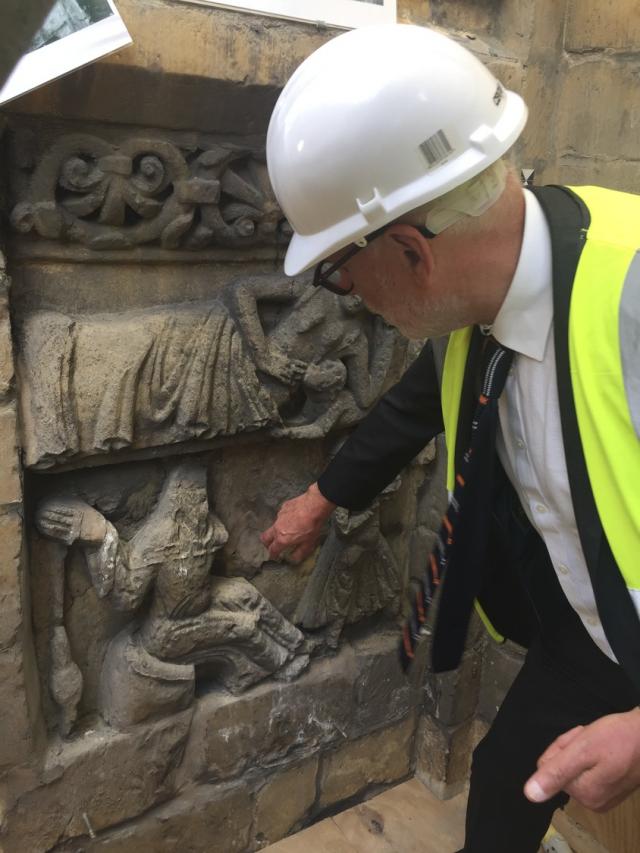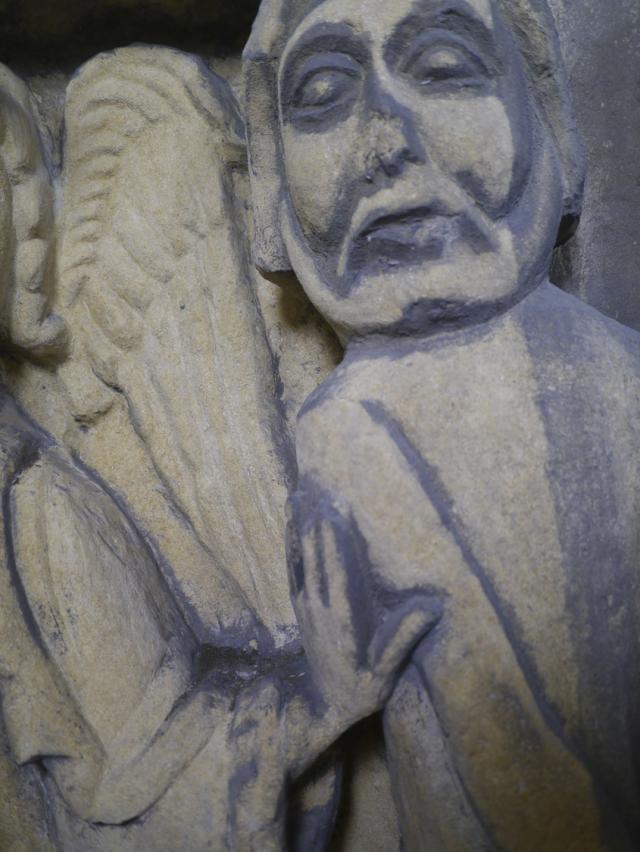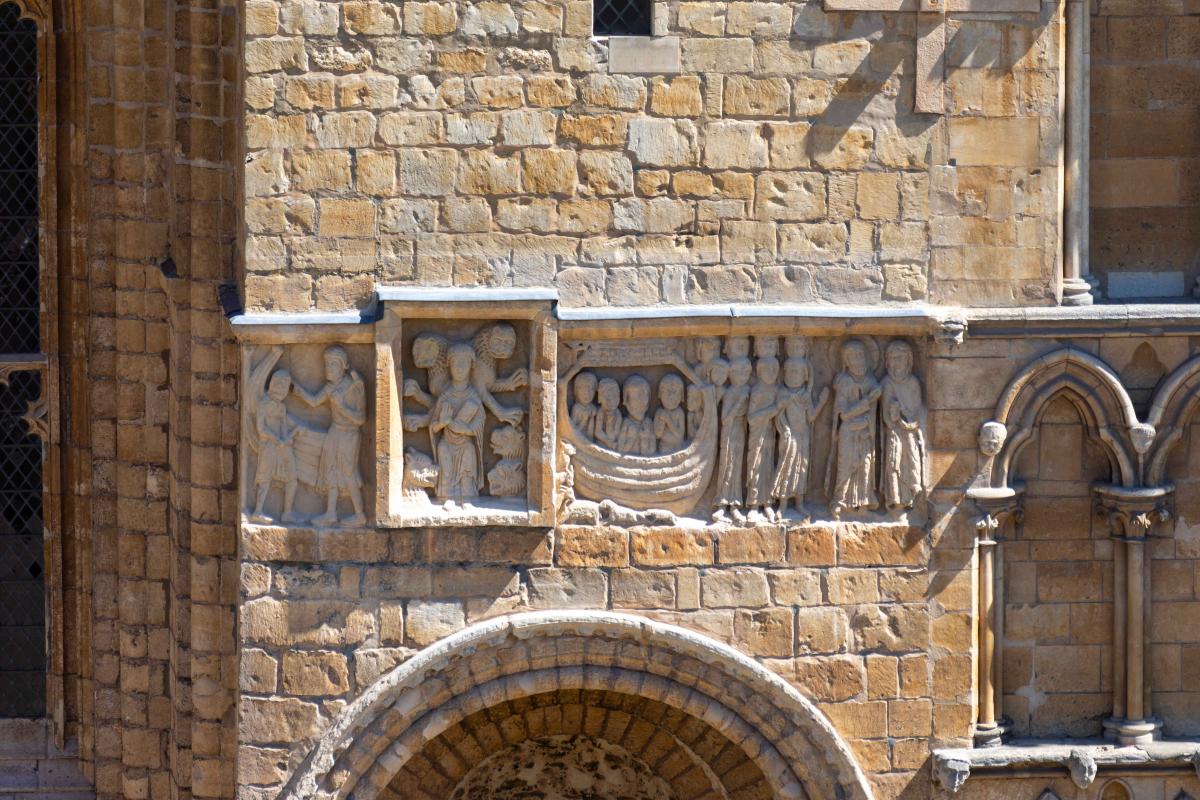Lincoln Cathedral is one of the finest, and largest, cathedrals in northern Europe. This, added to its unique hilltop location, makes it one of the most visible buildings in the UK. The building is Grade I listed and is situated in a conservation area and much of the site is a Scheduled Ancient Monument.
Since 2011 the Cathedral had been included in Historic England's register of Heritage At Risk in recognition of the pressing conservation worked need to avoid further deterioration of the fabric over the next decade.
In 2017, Lincoln Cathedral was successfully awarded a National Lottery Heritage Fund grant towards the £16 million 'Lincoln Cathedral Connected' to carry out significant restoration works to the first parts of the Cathedral experienced by visitors as well as to radically improve the Cathedral's setting and visitor experience with extensive landscape works, a new visitor centre including cafe, shop, and exhibition spaces.
We engaged on the project as conservation architects to oversee a major programme of conservation and repairs to some of the Cathedral's most significant historic elements. Included within this scope of work was the southern run of the 12th century Romanesque Frieze, which covers half of the West Front. The carvings are recognised as being of international importance and had been covered since the 1980s for preservation due to the disintegration of the attached gothic sculptures.


Romanesque Frieze
The southern run of The Romanesque Frieze on the Cathedrals’ West Front had suffered severely from atmospheric pollution and surface decay leaving large sections of the carving unstable in places. Each panel was painstakingly cleaned mostly using the laser technique. Once cleaned, a detailed assessment was carried out to decide if the panel could be conserved in situ or had to be removed.
The sections of the Frieze that were in a good enough condition to remain in situ were repaired to stabilise fractures and loose sections of stone. They were also given a lime water treatment to build up the surface of the stone and give it some enrichment.

Of those that needed to be removed, one could be conserved in the workshop and returned to the façade. In other cases, the decision was made to permanently remove them and place them in a new exhibition gallery at the north of the cathedral. Where carvings have been removed, copy carvings were commissioned from a series of nationally renowned sculptors who worked off full-scale drawings and computer-generated facsimiles. The copy carvings were then inserted into the wall so that the whole story and the iconography of the frieze can continue to be told.
Another issue discovered during the assessment phase was that the wall of the cathedral above was pressing down onto the carved panels causing them to slide and snap. To relieve this pressure, short Cintec steel anchors have been inserted into the wall immediately above the carvings so that the force of the wall bypasses the panels, safeguarding them from further damage. These are set behind the masonry so not seen from the outside.
The completed works has allowed the west front of Lincoln Cathedral to scaffolding-free for the first time since 1986, leaving the frieze available for all to see.